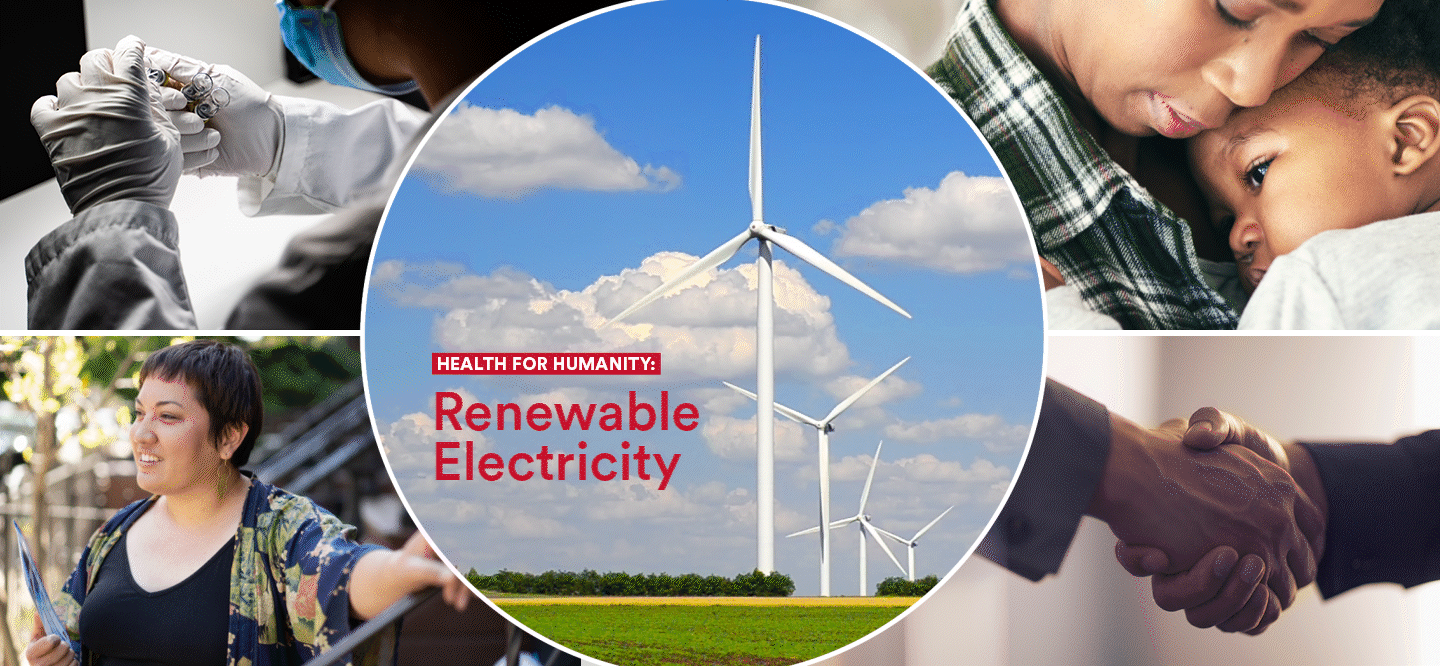Wonder how much progress Johnson & Johnson is making toward its ambitious goals to help protect the health of our planet?
Short answer: A lot.
In fact, the company has made considerable strides in transitioning to renewable electricity and is more than half of the way toward meeting the goal of sourcing 100% of electricity needs at its facilities around the world from renewable sources by 2025.
But what does that mean exactly?
- Today, Johnson & Johnson is announcing that it has signed a new power purchase agreement that will bring the company to 100% renewable electricity at its operations in the United States and Canada by 2023.
- The new sources of energy will come from a new solar field in the United States with a generation capacity of 55 megawatts or approximately 117,000 megawatt hours of renewable electricity annually—leading to a reduction in greenhouse gas emissions that’s the equivalent of taking more than 18,000 cars off the road each year. These add to the existing on- and off-site renewable electricity capacity that powers Johnson & Johnson operations in North America.
- With this news, and three new wind and solar agreements the company made in Europe in July, nearly all Johnson & Johnson sites in Europe, the United States and Canada will be powered with 100% renewable electricity by 2023.
The benefit: Generating electricity from low-carbon energy sources decreases emissions of harmful gases, according to the Harvard T.H. Chan School of Public Health, and helps to mitigate climate change, which the World Health Organization recently called the single biggest threat to the health of humanity.
This is all part of how Johnson & Johnson is accelerating its longstanding commitment to help improve the health of our planet through three ambitious goals it plans to meet in the areas of renewable electricity, carbon neutrality for its operations and value chain emissions reductions.
To learn more, check out Johnson & Johnson’s full list of Health for Humanity 2025 Goals.




